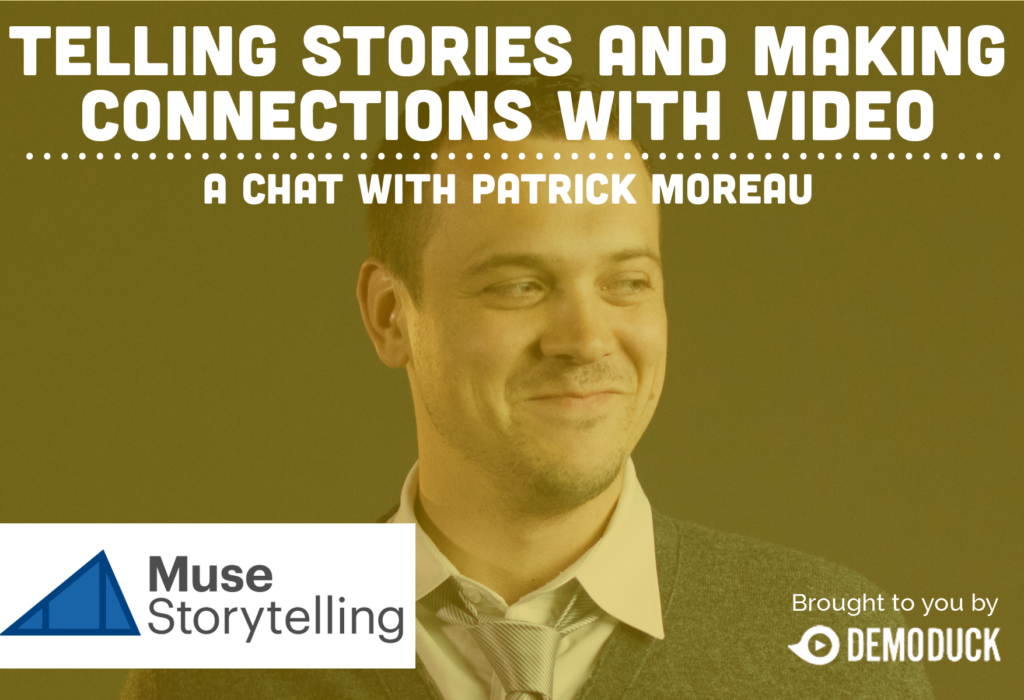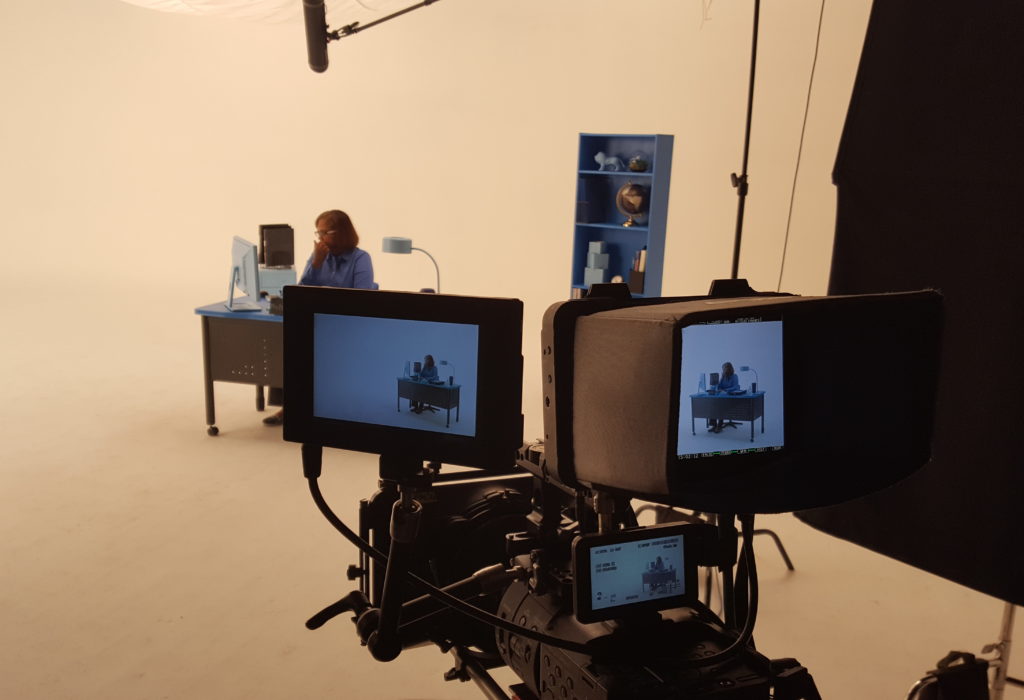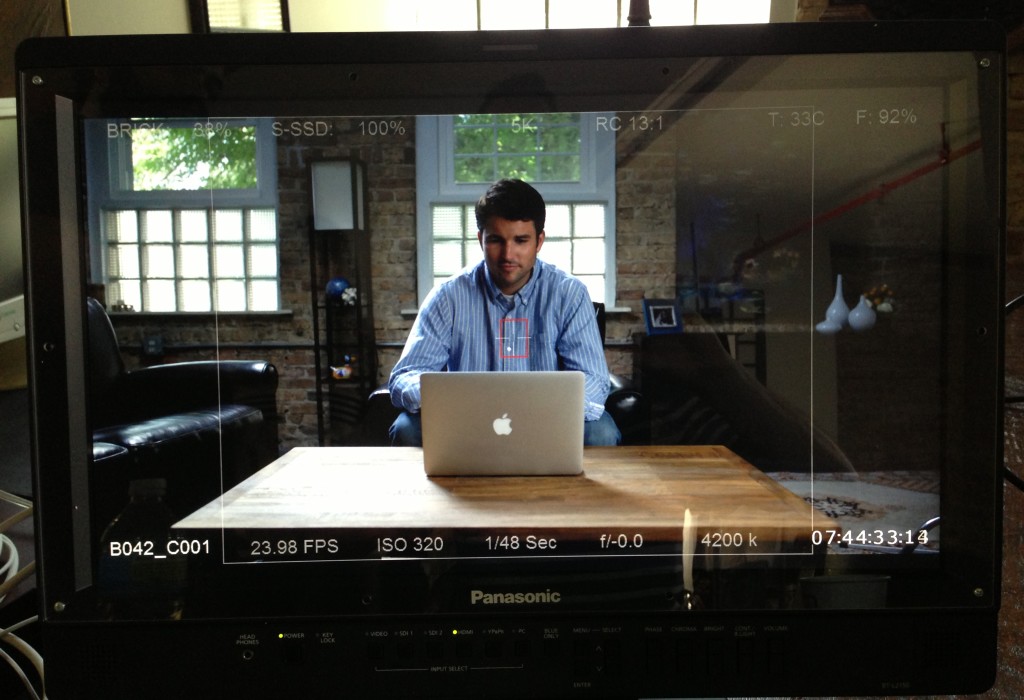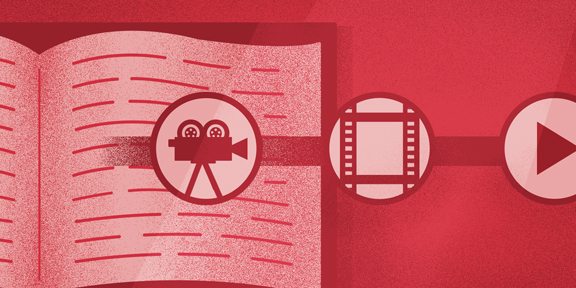
Recently, we were lucky enough to sit down with Patrick Moreau of Stillmotion and Muse Storytelling Inc. to chat about storytelling and video production. Here are some highlights of that conversation.
Tell us about who you are and how you came about in the video production world?
I’m Patrick Moreau, one of the founders of Stillmotion and Muse. Our journey started ten years ago when we were a couple of university students studying psychology and wanting a way to bring these crazy ideas out to people. Like most creatives, we had something we wanted to say and filmmaking became an outlet for that.
We fell into weddings to help finance our filmmaking, but our passion wasn’t in shooting weddings – it was in telling stories and saying something. Because of that, we didn’t conform to the industry and just told stories that we wanted to watch. Canon eventually saw one of our wedding videos and turned it into a national commercial. Soon after we shot a wedding that went viral, the NFL called and things continued from there.
It was this crazy journey of turning this PhD track in Psychology into producing a documentary for CBS that won three Emmys.
How did you go from telling stories to teaching the storytelling process?
All that experience lead us to where we are now, 10 years later with Muse, which is sharing the Muse storytelling process. That process is really the science of human connection. Why and how does story work? Looking at constructs like empathy and how do we really make people feel. And giving people more objective and actionable ways to make sure that, “If I do A, I can count on result B.”

How do you make sure clients understand that you’re telling a story as opposed to just making a video?
Whether it’s a wedding film or an explainer video, that is something that exists in every industry. But the idea is the same in terms of purpose-driven storytelling. In an explainer video, a client may just want to talk about the features, or a wedding client could want us to document every part of the day. You could be asked to cover the cocktail hour, which means nothing to anyone. No one is going to watch an hour of footage of people just eating and drinking in a room. But if no one on the production team asserts themselves as the storyteller and understands how to create more engaging content, that’s what people default to.
So much of story comes from getting to know people, their conflicts, and building out a strong journey for them.
Going deeper with the people and characters helps you craft a story in every shoot – you won’t get that with product details or seeing the wedding venue.
What advice do you have for businesses on how to find those people or characters who help craft a story?
The first thing we tell businesses is that not all characters are going to connect equally in your story. So it’s really about finding, what we call, the heart of your story. That main person that people are going to connect to – and that’s such a massive decision.
It’s important to realize that is a choice. It’s not always the manager or the CEO. The really simple way to think about it is that you want somebody the audience wants to get to know. The type of person you want to tell people about after you meet them.
The most important trait to look for in that person?
Desire. We can’t expect the audience to want to watch the video more than our main character wants something. Whether that person is trying to launch a product or sell a service, the worst thing we can do is have our character in the video not really care about that product or service. If our character has a strong desire for it, that paves the way for empathy and an emotional connection with the audience.
How do you balance storytelling and selling in a corporate video?
The way to balance that is to create an emotional connection. In diving into the science of behavior and choice, we begin to understand that we are far less rational than we realize. We think we’re in control of all of our decisions, but if you get handed a resume on heavier paper you’re more likely to take the candidate seriously. There are so many things we don’t realize affect us.

One of the biggest things is emotion. So, if we create that emotional connection it keeps us engaged and helps us want to learn more of the story, and that transfers over to the product or service. That’s huge when it comes to the conversion portion of the explainer video, which is usually at the end of the emotional journey. The right people will take action if they are connected to that story.
How have you seen storytelling change in the business video world?
In the last five to seven years, there has been a much higher level of awareness around storytelling. However, that’s gone so far that it’s become a buzzword and a fad. So many people say they’re looking for “story” and so many people are “storytellers”, but neither one of them has the same definition of what a story is – which creates creative friction. People are looking for a “story” because that’s what they think they’re supposed to do.
The challenge now, more so, is in harnessing the balance between the ability to create storytelling content more effectively – in a crowded space mind you – with what you’re asking for in that content. That way if you do get the desired attention, viewers take the action you need. This all begins with a clear understanding of what story really is and how you can use that to lead to your purpose.

Does the purpose of the video impact the story you should tell?
The most important thing when it comes to purpose is to make sure that everybody is aligned and feels the same way. With the Muse storytelling process, we actually give you a tool to define your purpose as five keywords. That becomes very empowering when you, the storyteller, can actually say, “This is exactly what we’re trying to do with this video.”
The most important thing when it comes to purpose is to make sure that everybody is aligned and feels the same way.
When you boil the purpose down to five words it also forces you to be succinct and avoid saying too much that you end up saying nothing at all. It’s the first milestone in our process and helps us maintain creative alignment throughout the project.
If someone is still dragging their feet on storytelling, what are some parting words of wisdom?
The research proves that story is better at selling than statistics are. We recently came across a study that actually compared the performance a story of one person vs. the statistics route for a non-profit. The group that was given just the story, donated twice as much as those who got the facts and figures.
They even did the same experiment with a third group that got the story first, followed by the statistics. Even with that balance, the story alone performed the best. The ROI is going to be stronger when you tell a strong story.
We’d like to thank Patrick for taking the time to impart some storytelling wisdom to us. For those interested, Muse has a book called “The Story of Story” for purchase that dives further into storytelling research and many of the fascinating ideas discussed above.
